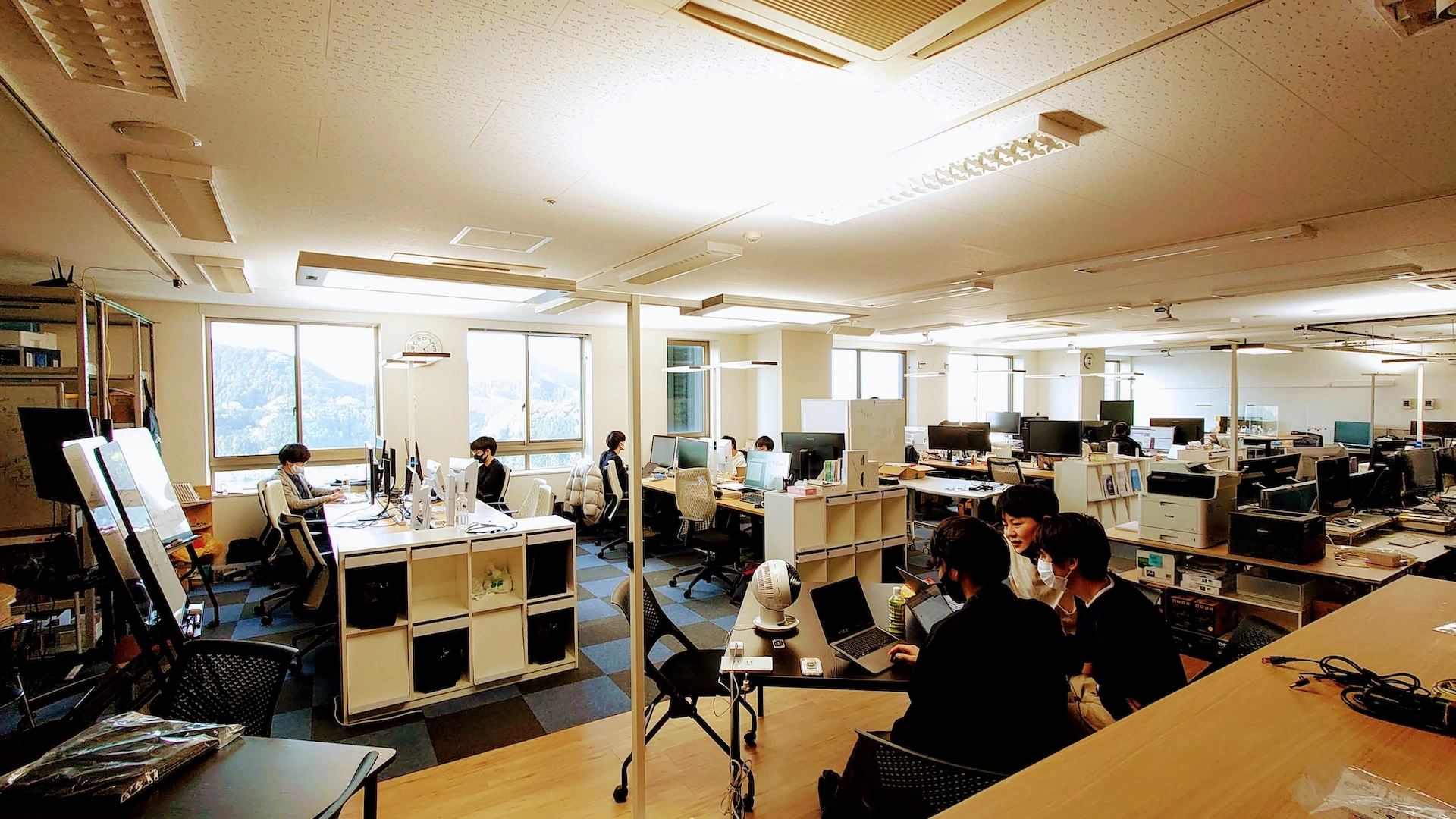
About our lab
Arakawa Laboratory (HumanoPhilic Systems Lab.) at Kyushu University is established in April 2019. Main research topics are kind of cyber-physical systems (CPS: Cyber-Physical Systems) that improves human life, where real-world sensing technology, cloud data processing technology, networking technology, and a variety of information technologies are combined dynamically.
We call such a system as HumanoPhilic Systems. HumanoPhilic is a coined word that combines the suffix “philic”, which means human-friendly. In the laboratory, we are focusing on the research on the behavior recognition of people using sensors (IoT) and machine learning (AI), and we are conducting a wide range of applications from the development of new sensors to the implementation of applications in order to realize the humanophilic systems.
In addition to the sensing of human external states (behavior and activity), the recognization of human internal states (emotions and stress) becomes a part of topics. We always consider and discuss what kind of sensors can be used, what kind of algorithms are most suitable. In recent years, as research ahead of behavior recognition, we start to focus on the behavior change support system (BCSS) because information technology can change our behavior better.
From 2020, Applied Human Information Systems Research Group will be formed with Mine's laboratory, and research on comprehensive information systems, including data analysis and natural language processing (NLP), will be promoted. Also, Associate Professor Fukushima was joined the group in 2022 to strengthen the field of Human Computer Interaction (HCI).

Also. we conduct empirical research with various companies, such as NTT Docomo, KDDI, Sony, Fujitsu, Mitsubishi Heavy, KIRIN, Astellas Pharma, Toyota, etc.
日本語の情報は、人間情報システム研究グループのホームページをご覧ください。2023年度は、学生数51名で、修士および博士の数は九州大学・大学院システム情報科学研究院で最大の研究グループとなっています。2022年度は甲午会学生表彰(学科2位)、九州大学・学生表彰(工学部で1名のみ)、2023年度は、総代・甲午会学生表彰(学科1位)、九州大学・学生表彰(工学部1名、システム情報1名)を受賞しています。